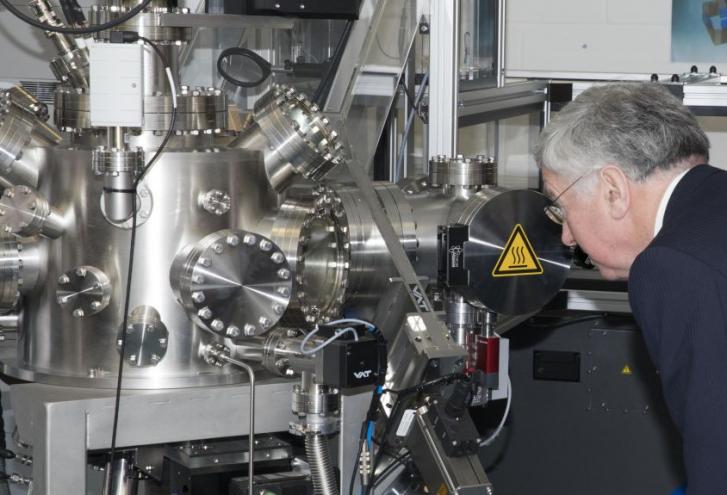
The property of zero electrical resistance in some substances at very low absolute temperatures, ‘superconductivity’ sees the conductivity of materials become such that when an electric current is passed through a loop of such a superconductor, the electric current will keep flowing through it indefinitely without any need of a power supply – thus leading to the creation of self-sustaining energy sources.
Superconductors are vital within the development and implementation of powerful new technologies in healthcare, large experimental facilities like CERN, quantum instrumentation and many other fields.
The Oxford Centre for Applied Superconductivity is a new centre of innovation developed to coordinate the interaction between key industry players, Oxford University, cryogenics companies, and end users (including SMEs) on the Harwell campus and at the Culham Centre for Fusion Research Campus – utilising the county’s key assets to further collaboration within the sector.
The Centre is developing a series of experimental and testing facilities to allow easy interaction between academia and industry to solve relevant problems, whilst training individuals with the necessary skills to work in superconductivity, which can also be transferable to other relevant industries.
The Centre’s Applied Superconductivity Hub (a joint project between the Materials Department and the Physics Department of the University of Oxford) is also being utilised to study future applications of superconducting materials.
The planned outcome of this Local Growth Fund project – which has been achieved through the investment of £1,558,739 in Enabled Funding – was to engage with local industry and research centres interested in the application of superconductivity and pursue projects that can lead to future technological advancements and the discovery of novel superconducting materials.
The new facilities include state-of-the-art equipment, including the following:
- Panalytical Empyrean X-ray Diffractometer
- Attocube Magnetic Force Microscope
- AttoDRY 1000
- Test Pulsed Deposition (PLD) facility
- 16T Physical Properties Versatile Measurement System
- High Current Power Supplies (2400 A)
The Oxford Centre for Applied Superconductivity project was supported by £4.49m from the Government’s Local Growth Fund, secured by OxLEP, with match funding of £2.42m from the University of Oxford. The project began in July 2016 and completed in December 2017.
 The project has enabled Oxford University to play an expanded role in developing the strategy of UKAEA in the national Small Tokamak for Energy Production programme. In addition, the research team at Oxford University have advanced both the wider international knowledge base and assisted Oxford Instruments Nanoscience to gain a deep understanding of both the complexity and opportunities of jointing these High-temperature Superconductivity materials.
The project has enabled Oxford University to play an expanded role in developing the strategy of UKAEA in the national Small Tokamak for Energy Production programme. In addition, the research team at Oxford University have advanced both the wider international knowledge base and assisted Oxford Instruments Nanoscience to gain a deep understanding of both the complexity and opportunities of jointing these High-temperature Superconductivity materials.
Personnel trained through this project have taken up positions in local industry and national laboratories (Tokamak Energy, UKAEA), and are now able to influence key technical decisions in the use of superconductivity in the UK’s future fusion reactors.
The project has exceeded the planned outcomes as outlined below:
- 15.5 jobs against a planned output of 13.5 jobs
- 26 traineeships against a planned output of 11 traineeships
- 216 sqm new and improved floorspace achieved in accordance with the planned output
The personnel trained continue to be influential in the use of superconductivity both nationally and internationally thereby adding to the project outcomes.
Find out more about the science of Superconductivity
View our other Local Growth Fund case studies
Images courtesy of the University of Oxford.




